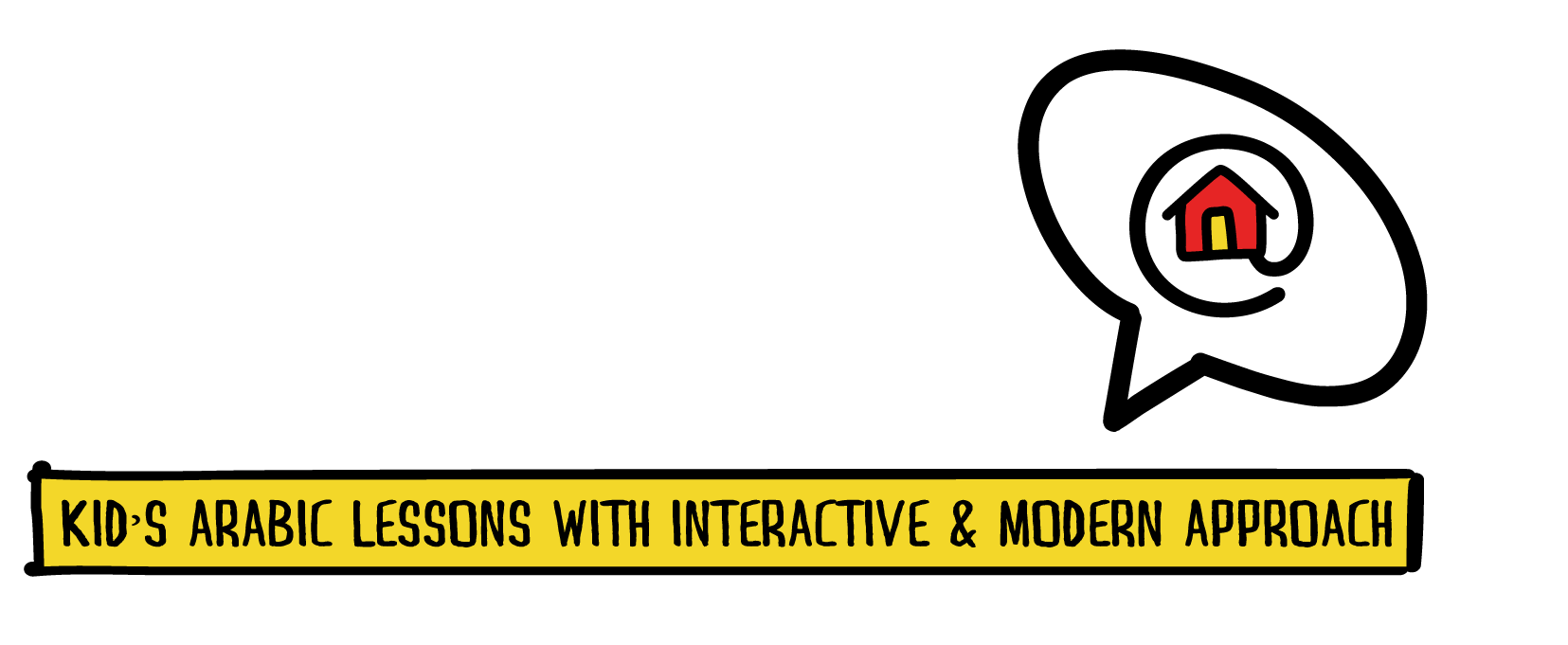First Language Acquisition Stages
The Stage of First Words
To be completely honest, there is nothing cuter than a baby trying to speak for the first time, the cute sounds they produce and the faces they make when we show them how proud we are from the milestone they have achieved. Other than teaching Arabic language, we at KALIMA like to shed the light on information that we think could help you understand your child’s first milestones. Today in our explanatory blog we will go over the First Words Stage which is considered to begin around the first year and supposed to last about 6 to 12 months (up to about 1-1/2 or 2 years old).
The first year of a child’s life is known to be the year where the baby learns and acquire everything he needs, especially the speaking skill.
This stage is also known as the Holophrastic Stage because the child’s sounds appear to follow the pattern of “one word = one sentence”. The babbling and production of the first words may overlap, and the first words frequently have the same structure as babbled syllables, with the consonant-vowel syllable used as a word. However, meaning is attached to the syllables produced by a child at this stage, which distinguishes babbles from words.
Here are some examples of first words:
1. [no]
2. [da] (dog)
3. [ma] (mom)
4. [dae] (dad).
Usually the sound DAE is among the very first word a baby says as it is easier to pronounce, and here we speak out of experience. The words produced are primarily noun-like (e.g., [da] (dog), [ma] (mom), with verbs (e.g., [go]) coming in second and adjectives (e.g., [ha] (hot) coming in third. Words that express displeasure or rejection are also included (e.g. [no]). Words such as [bai bai] (bye-bye) and [nai nai] (night-night) are examples of social interaction words.
Children’s abilities to produce individual sound segments continue to develop as they begin to produce utterances that count as words. They typically produce sounds in the language of their environment, in our case Arabic, and they add to their repertoire in a systematic manner.
- In the native language, the full range of vowels is produced before the full range of consonants.
- Consonants are typically added in the following order (English examples of sounds in each category):
- Glides [w] [j]
- Stops [p] [b] [t] [d] [k] [g]
- Liquids [l] []
- Fricatives [f] [v] [s] [z]
- Affricates [t] [d]
- Consonants are typically added in the following order:
- Labials (sounds produced with the lips) come first
- Alveolar (sounds produced just behind the teeth)
- Velars (sounds produced near the back of the roof of the mouth)
- Alveopalatal (sounds produced behind the teeth and a little further back).
- Interdentals (sounds produced by placing the tongue between the teeth).
- New contrasts usually appear in the first position. That is, when a child learns a new sound segment, he or she uses it as the first sound in a word and then uses it in other positions later (i.e., in the middle or at the end of a word).
Children have the ability to perceive more sound segments than they can produce. As a result, they frequently replace one sound with another in their own utterances. They are systematic in their substitutions or alterations; they will always use the same sound as a substitute for their intended sound, such as always using [w] for [l], producing [wajk] instead of [lajk] for like. The substitutions and alterations facilitate articulation until they gain more control over the vocal tract. More sounds are added as control improves, and a vocabulary is built.
We will be sharing more informative articles every now and then to enlighten you and help you figure out more and more about everything related to your children. For more info get in touch with us today through our social media, call us on 961-81-701455 and/or on www.kalima-lessons.com


